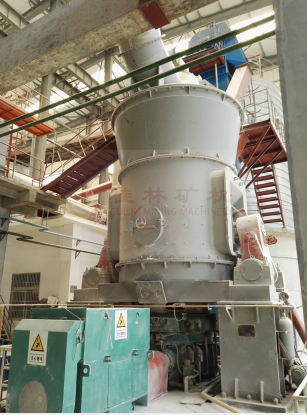How to deal with waste steel slag in iron and steel plant? Green mine, solid waste treatment and other words are constantly mentioned. After hot suffocation, magnetic separation, crushing, screening and rough processing, it enters the steel slag vertical roller mill system for grinding, and finally forms cementitious materials, which has found a good application for the waste steel slag of the iron and steel plant.
I. Mineral composition of steel slag
The higher the content of carbonizable components in steel slag, the faster the carbonization speed, and the carbonization activity of different minerals is also quite different. Bodor et al. Studied the carbonization rate of various minerals in steel slag, and found that the carbonization reaction activity of white wollastonite in steel slag is the highest, and dicalcium silicate, spinel, black calcium iron ore and calcium iron olivine also have high carbonization activity; According to the research of ghouleh et al γ- C2S ratio β- C2S has higher carbonization activity; The research results of Fang Yanfeng et al. Found that Ca (OH) 2 has the highest carbon fixation efficiency, and the carbonization rate of black calcium iron ore, calcium ferroaluminate and calcium aluminate is very low. Berryman et al. Also considered that the carbonization activity of ferrite minerals is very low.
II. Specific process of processing waste steel slag from iron and steel plant into cementitious material

If GKLM vertical roller mill test is adopted, first dry grind the slag-0.088mm fine-grained steel slag, cement clinker and desulfurization gypsum to the specific surface area of 480, 450, 380 and 350m2 / kg respectively, and then grind them to the specific surface area of 450m2 / kg according to the ratio of 7:1:l:1, that is, the steel slag concrete cementitious material for low alkalinity artificial reef is prepared.












